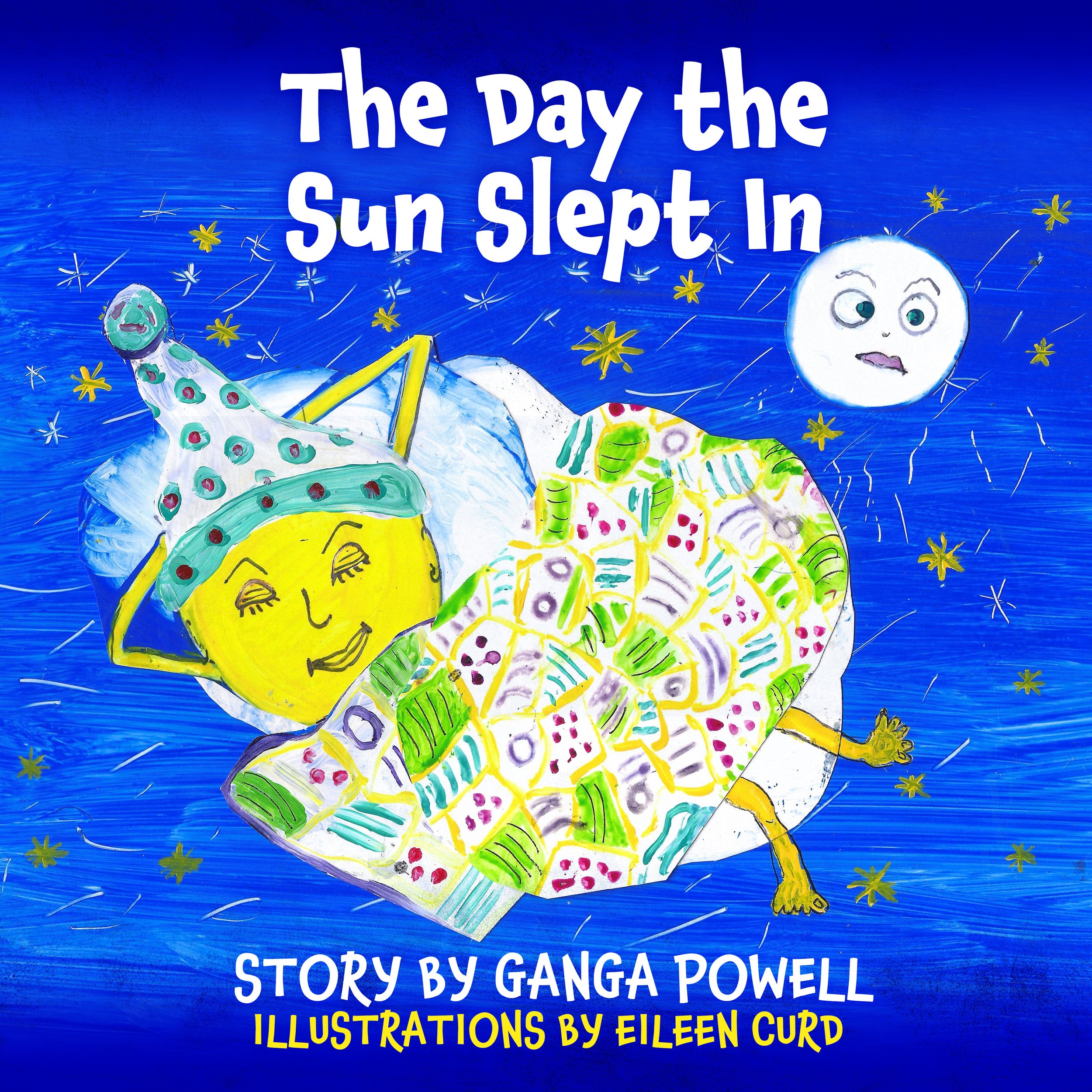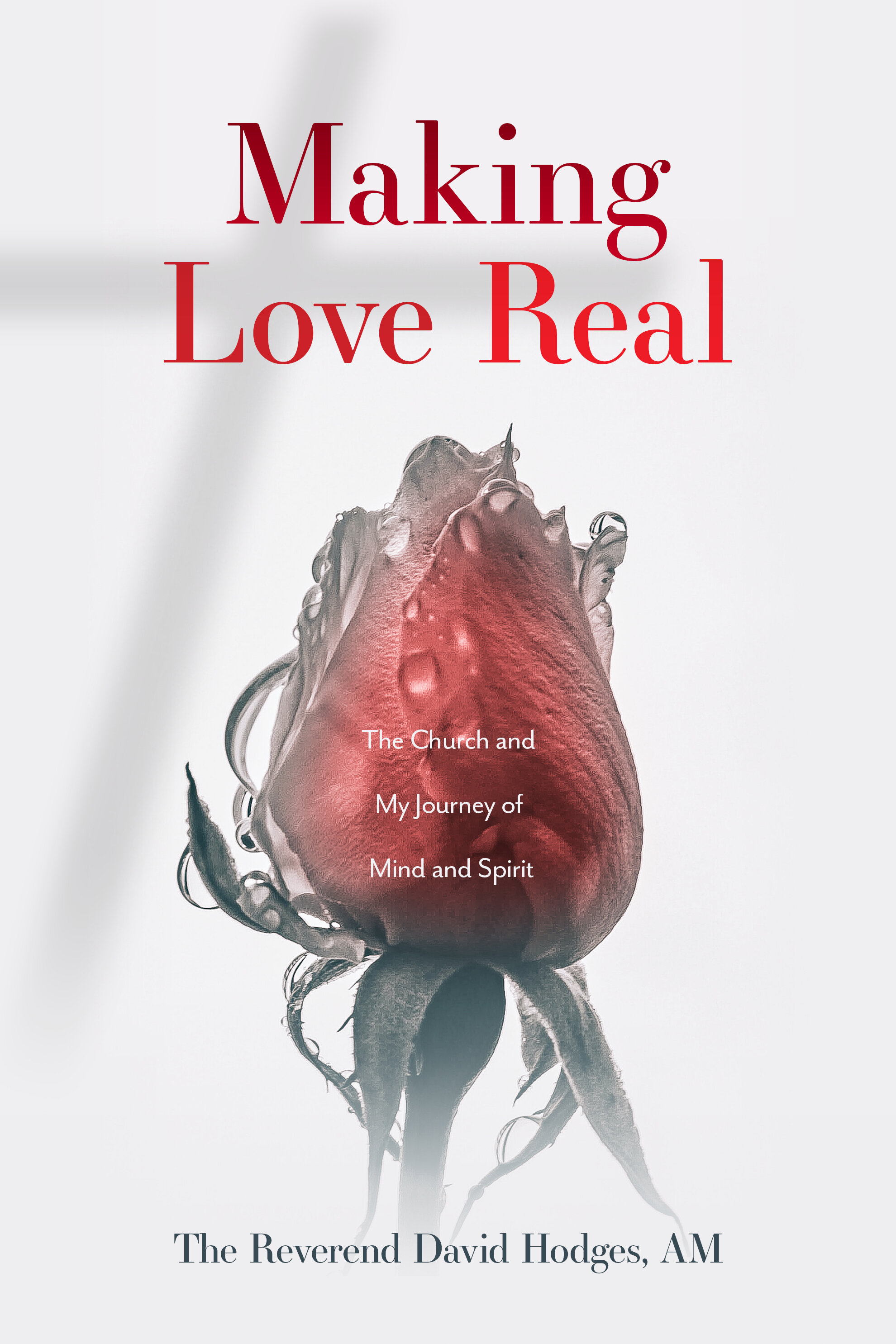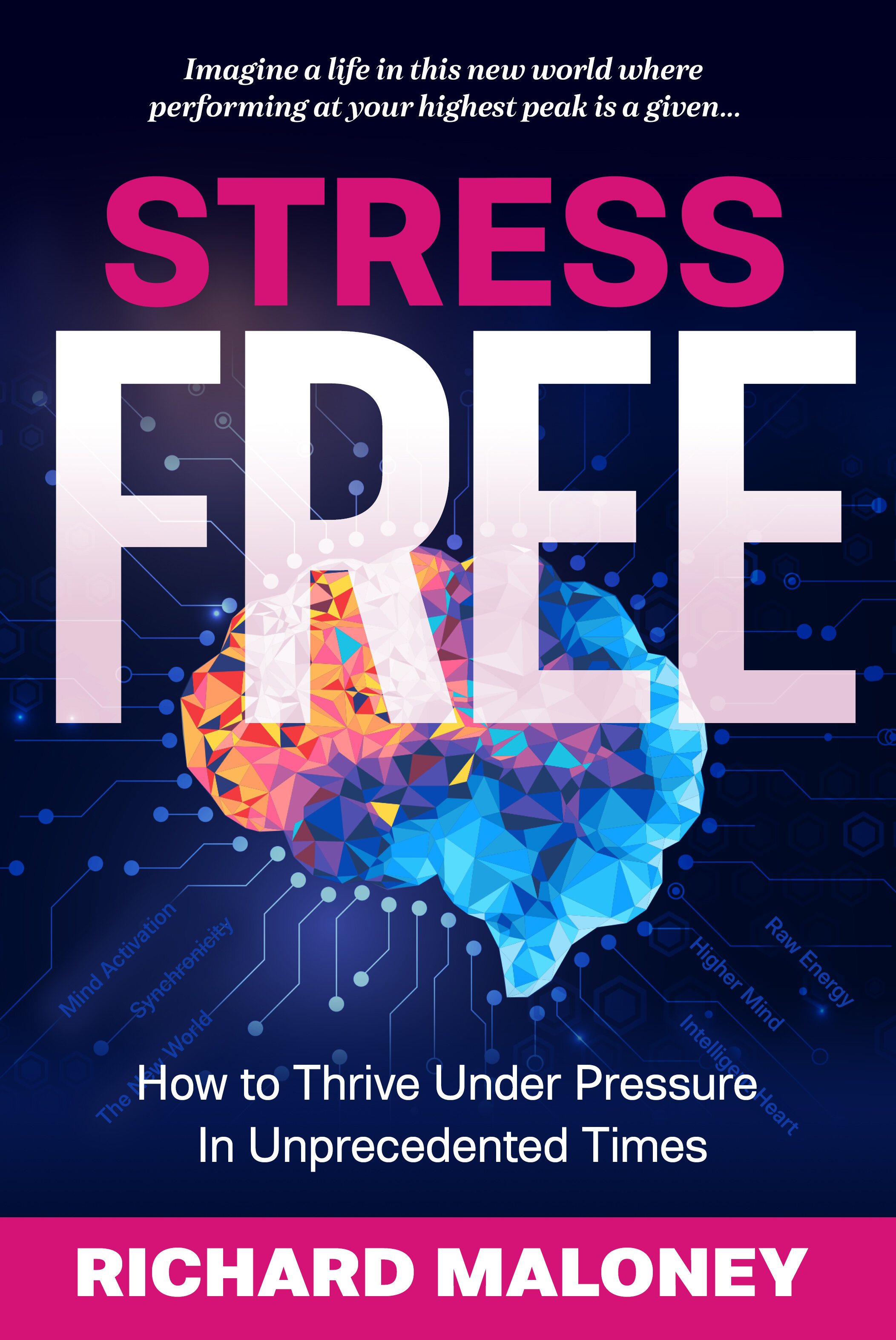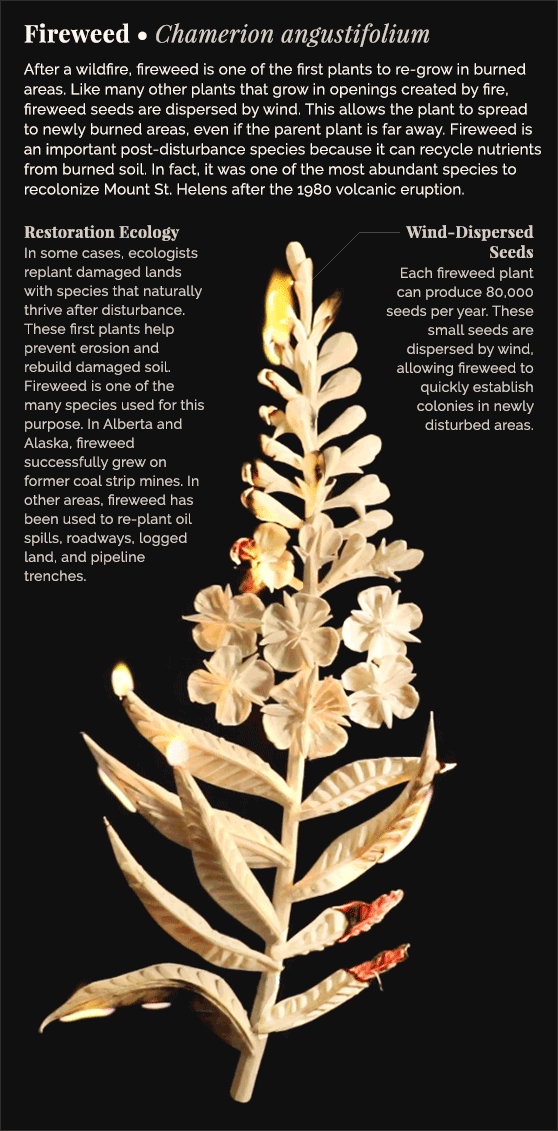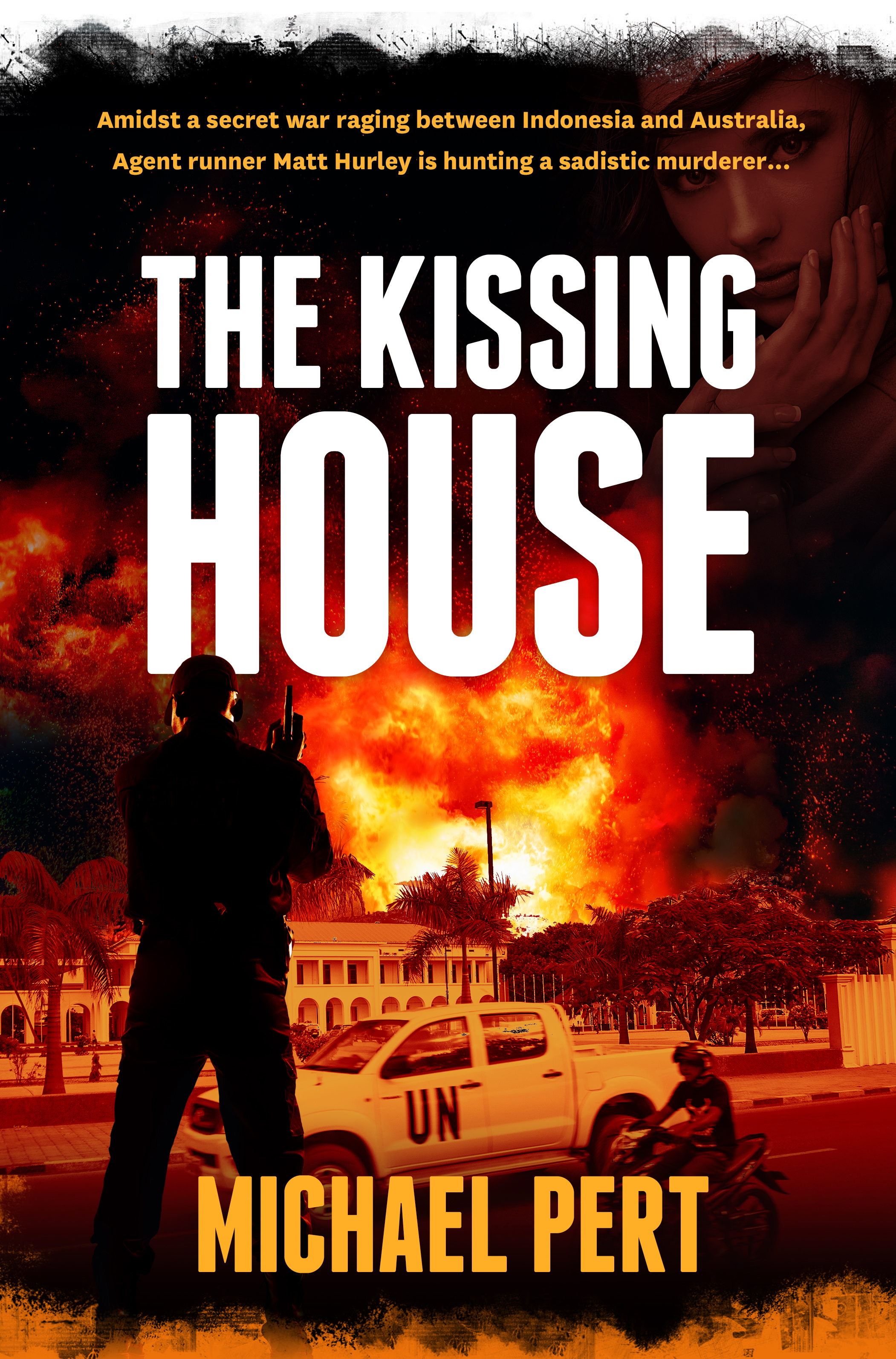Serious independent authors spend time checking out their competitors, the so-called ‘Comps’ or comparable titles. It is a great way of getting a sense of a particular genre, prevalent trends, the key cover design elements that signal a particular fictional niche. A writer should have a good idea of their specific target readers — and, spoiler alert, it is not ‘anyone who can read’. If you have read a lot in the genre you are writing in (always a good idea), you will already have a fairly good idea of how your title/s relate to the existing literary landscape. Making a list of comparable titles, whether bestsellers or midlist, can also be helpful for book cover designers looking to get a more specific feel for your title. At the same time it gives the author a better sense of the overall commercial literary landscape.
Typographic Illusions and Type Design
A very interesting article on the optical illusions that type designers must take into account when designing a new typeface. Written by Jonathan Hoefler, type designer extraordinaire, designer of superstar typefaces such as Gotham, Archer and Sentinel.
DragGAN Drops
Another ‘AI is functionally equivalent to magic’ post. DragGAN is an experimental AI App that allows for extensive intuitive photo editing on the fly, including changing perspective, facial features, hair colour and length.
“the results are mesmeric. DragGAN is an interactive way of editing photos or works of art by tagging points on an image and just… dragging. The AI does all the hard work.”
Book cover designs and drafts April 2023
Playing Cards over the South Pole
A client recently emailed to inform us that a pack of Antarctic explorer-themed cards designed at WorkingType Studio made it all the way to the first one-day commercial flight over the south pole. Presumably, he was too busy gazing at the forbidding scenery below to play Texas holdem with other adventurers…
Book Cover Designs for September 2022
An interesting variety of topics covered in the latest round of cover designs in progress…
Book Cover Designs for June 2022
A few recent book design offerings from WorkingType Studio. A variety of topics and treatments…
Why Do Publishers Still Use Half Title Pages?
Though somewhat rarer than they used to be, half title (or bastard) pages sometimes appear at the beginning of books, followed by a blank verso page and then the full title. The practice of half title pages arose as a means of protecting the full title page from the wear and tear of the printing and binding processes. Of course, an alternative solution would be to simply add a blank page, and indeed, some book designers do exactly that. When books have to lose a couple of pages to fit into a certain page signature, the half title is the first thing to go. Personally, I think some publishers like the extended throat clearing involved in blank pages, half titles, full titles, endless prefatory pages and so on because it distinguishes their work of literature from other less exalted works that get down to business within half a dozen pages. It is a bit like those high art movies that start by listing all the nested organisations responsible for the production of that particular masterpiece — the list is sometimes startlingly long.
WorkingType Design Samples Online
To view many and varied samples of our cover and book design work, try some of the links below:
Print folio by category: http://workingtype.com.au/index
Book Folio: http://workingtype.myportfolio.com
Full design archive: https://goo.gl/photos/6dzV55fEW6GgGVE59
Reedsy: https://reedsy.com/luke-harris
Recent Design Work and Blog Posts: http://www.workingtype.com.au/blog
Twitter: workingtype
Book Cover Designs for October 2021
The usual wide variety of topics and typefaces and approaches this month. Never a dull typographic moment…
Book Covers for August 2021
A few recent book covers, from thoughtful spiritual tomes to legal advice…
More Recent Book Covers and Drafts from WorkingType
Scripted Response — Three Posters
Noted editor and author Euan Mitchell commissioned three posters for screenplays he entered into American scriptwriting competitions. The above posters are the final drafts. Happily, he has received several awards for his scripts.
Recent Cover Design examples
A few recent cover designs, from high fantasy to Australian railway trips…
5 Reasons Why Book Typography Matters More Than You Think
A Guest Post kindly supplied by Desiree Villena:
Everyone knows that, if you want your book to sell, you need to hire a great cover designer. But many people don’t think about how important your book’s interior design is, as well. I’ve seen too many books, both self-published and traditionally published, that have clearly skimped when it comes to formatting, and as a design nerd, it makes me so sad.
But there’s much more at stake than just hurting artistic souls — think of the practical considerations. You may not realize it, but typography can have a big effect on a reader’s reaction to your book, whether they consciously notice the fonts or not. So today, I’m going to break down the five most important reasons why book typography matters for every book — including yours.
1. Professionalism
While the cover is easily the first thing readers will notice when they’re deciding whether to pick up your book, the typography is the first thing they’ll notice once they open it up. So it’s important that you make a good impression. Seeing a professional cover and a sloppy interior is like meeting someone in person and realizing that their profile picture was a lie.
If you ever doubt the impact that a font can have on your professional reputation, consider this: would you be more inclined to trust someone whose resume was printed in Times New Roman, or Comic Sans?
Similarly, your book will be judged on what kind of font it’s printed in. Perhaps not consciously — not many people can point to a book and go, “Oh, that’s in Garamond,” or “That looks like Caslon” — but the wrong font will make something feel off about the book.
But what makes something the “wrong” font? That’s where the other factors come into play.
2. Genre expectations
This is one of those things that you’ve probably never consciously noticed before, but once you do, you can’t not notice it. Different genres tend to be published in different types of fonts, and you want your font to reflect the contents of the story as much as your cover and title do.
For example, a quick survey of my personal library shows me that speculative fiction uses a lot of Palatino, whereas YA contemporaries are often published in softer, more “playful” fonts like Century Book or Bembo. You can also never really go wrong with Garamond, the most “bookish” looking font of them all. But it’s not always necessarily the perfect font, either.
And don’t forget about typography on chapter headings! Age ranges and genres follow trends here, too, with YA and middle grade among the most creative, and literary fiction setting a high standard for refined understatement.
3. Readability
Of course all fonts are technically readable if they contain all the letters of the alphabet. Unlike handwriting, the letter A will appear the same no matter how tired you are when you hit the key on your keyboard. But the truth is some fonts are just easier to read than others. It’s why we usually publish books in serif fonts instead of sans-serif, and it’s why we make the letters bigger in kids’ books than in novels for adults.
Here, it’s important to consider function over form. Font size, line spacing, and margins are all key factors to making sure that the font you’ve chosen will read well to your target audience.
Some fonts just have a natural size they look best at, but will that make your book too slim or too chunky? If you’re targeting older readers, is the font too thin and “fussy” to be read without squinting? The more you take into account, the better your book will be.
4. Fatigue
Readability plays into this, but it’s important enough that I feel it’s worth a separate mention. Because one of the downsides of poor readability is that readers are likely to tire of reading your work sooner — or even develop eyestrain.
Let’s face it: a lot of things demand our attention these days. From work to families to keeping the house in order to the sweet siren song of social media, it can be hard to find time to read at all. The last thing you want to do is make your book cause physical discomfort. There’s nothing more likely to make people to put it down — and perhaps never pick it back up again.
Good typography, on the other hand, is comfortable on the eyes, and can play a surprisingly significant role in whether readers perceive your book as a slog or a joy to read. That’s why it’s crucial to choose your font wisely.
5. Reader mood
You know the genre expectations we talked about before? A big part of the reason those exist is because different fonts subconsciously convey different “moods.”
These are most noticeable in splashy fonts that you’d use more in titles than in text blocks — a futuristic sci-fi font, an elegant hand-lettering font — but even the fonts you’d format a whole book in can have an impact. Some are stuffy, some soothing, and some just kind of dull. It’s important for your designer to keep these differences in mind and understand how the font of the chapter headings works together with the font of the story, in order to create a professional product.
Remember: choosing good typography is a bit of an art, yes, but it’s also a marketing choice. And marketing is a subtle game. Everything from the layout of your local grocery store to the color of your laundry detergent bottle has an impact on people’s buying choices. Why should books be any different?
Desiree Villena is a writer with Reedsy, a marketplace that connects self-publishing authors with the world’s best editors, designers, and marketers. She's very passionate about helping aspiring authors reach their dreams, and enjoys reading and writing short stories in her spare time.
A Promotional Strategy for "Summer at Urchin's Bluff" by author Eliza Bennetts
On writing a series:
Writing in series is considered the way-to-go when it comes to romance. Romance readers are voracious! I attend the yearly RWA conferences and they often talk about the fact that some romance readers read 7-10 books a week! This means that when they find a set of characters or a world they enjoy, they want to keep reading.
As an author, it pays to have more books down the line to service this need. I was lucky to latch on to this pearl of wisdom while writing the first draft of Summer at Urchin's Bluff, so that allowed me to ensure there was scope to have a supporting character who will feature as the main character the next book, and so on for the following two books. I guess, in a way, writing in series is it's own form of promotion. Each book works to promote the next. Well, that's the plan anyhow!
My writing life:
I think like most of us, for me writing was always a hobby - something to get me out of my head when I was stressing about work or family or whatever. I've recently found myself with a little more time to write, and I'm loving it, but I'm yet to establish a routine around my writing. I've listened to podcasts and read books that say you should blank out some time each day to write (eg. 9 - noon). I should probably do that, but I'm loathe to, in case it sucks the fun out of it! I don't want it to feel like a chore, but I guess if I want to do this as a career, I might need to consider it. At the moment I write every day, but not at a specific time, or for a specified length of time.
Marketing and Promotion:
So, my plan with marketing is really to take it slow. I do plan to look at Facebook ads and Amazon ads (I have purchased the KDP Rocket software) for the promotion of Summer at Urchin's Bluff, but not in an extensive way. I figure once I have more books on my shelf, any money I invest in advertising will be that much more effective. I do plan to look at BookBub, but not for book one, or two for that matter. I know they're hard to get, so I might wait to start trying (maybe once all four books in the Seasons series are released). As far as social media goes, I'm only active on Facebook. I know it's better to be everywhere, but with kids and work, and the whole writing-the-books thing, I don't have the time to service a ton of social accounts. This is an area I need to become more confident in. Every time I'm about to post (even just on that one platform) I'm always thinking, 'is anyone going to care about this? Is it spamy?' (not a word, but you know what I mean). I do know that building a mailing list is super important, so I'm working on that but it's slow going. I'm okay with things taking a while to build. I want to be doing this in 20 years time, so being number 1 from day 1, with book 1 is not really my goal (I mean, I wouldn't be upset if it happened!). I guess what I'm saying is that everything I do around marketing and promotion, for me, needs to be about steadily building a readership.
Summer at Urchin's Bluff is a contemporary seasoned romance (seasoned is the term we use in the romance world for a heroine over 40). It is available for pre order now across most platforms.
Available from these outlets.
Author Pat Kelly and her books
Pat Kelly writes well-plotted and thoroughly engaging historical novels populated by believable characters. Although her characters often face great challenges, she maintains a touch of humour and optimism. She is skilled at evoking lost eras and the way people saw the world.
Pat Kelly was born in Glasgow in 1938. When she was just over a year old her father was called up to serve his country and she barely saw him until she was about eight years old.
Perhaps as an escape, in early primary school Pat took to writing stories, which her teacher used to read out to the class.
In her teens and early twenties Pat wrote several books, sent them to publishers with a stamped return envelope, but never received any of them back, so had to retype them to send them to the next publisher. None were ever acknowledged or published.
Eventually, Pat married and was too involved with raising children to have time to write. In 1968 she arrived in SouthAustralia, with four children, as a £10 Pom. After divorcing after over twenty-five years of marriage Pat was contacted by a Manxman, Mike, she had known in her teens. They married and returned to the Isle of Man to live.
After Mike retired, in 1993, they followed the summers with six months in each country. While in the Isle of Man they ran a daffodil farm and were well known on the Island for their roadside stall, with an honesty box, selling daffodils and plants.
In 2014, the travel was becoming too much, so they moved to Australia permanently to live in Lakes Entrance, a beautiful, peaceful little town in Victoria.
When she moved to the Isle of Man, Pat left all her family in Australia. Mikes mother Lou, a wonderful lady took her new daughter in law under her wing and they had great conversations.
Lou had grown up in a tiny village in the West of the Isle of Man. The population of this village was around 20, but when the great war started an internment camp was built which eventually housed around 25,000 ‘enemy aliens’. As Lou told Pat about her childhood and this huge camp looming over her tiny village, Pat realised she was listening to history, a lot of which no one else alive could tell – and that if Lou died, all that history would be lost forever. So she wrote it's all down and turned it into a book called ‘Hedge of Thorns’ that was a great success on the island.
The research for this sparked Pat's interest in Manx history And she then went on to write a second book, ‘Smugglers Urchins’, set in the smuggling era on the island.
Her next foray into Manx history was the famous Laxey water wheel, resulting in ‘Shadow of the Wheel’.
Pat is currently working on a story which finds 14-year-old Manx girl being transported for 7 years for stealing a loaf of bread. She sails with the second fleet in a ship that was nicknamed ‘the floating brothel’.
Amazing Science Graphics from Eleanor Lutz
For beautiful, jaw-dropping science graphics, the quirkily named TableTop Whale is an essential destination. Maintained by Phd student Eleanor Lutz, the work is astonishingly good. Hopefully she will produce something in print so I can read it to my children…
Go Go Logos
Logos continue to evolve apace in the mainly digital design world. Some attractive trends, some pretty ugly, as showcased here.
“Modern culture continues to shift the ways we interpret symbols and how we visually prioritize in context, setting topsy-turvy the relationship between identity and application. Greater credence has been given the attending visual vocabulary as texture, pattern, typography, photography and illustrative elements have shifted seats in the visual brand hierarchy. It’s becoming more common to see a brand driven by the supporting visual aesthetics, occasionally leaving the logo to call shotgun if it’s invited along for the ride at all.”
Troubled Times in East Timor — Cover Design
Michael Pert has written a taut, intelligent thriller based on Australia’s role in the troubled birth of East Timor. In the above draft cover, we blended images of Timor and a stark colour palette, and used the striking Franchise for the title typeface.


































